
California School’s Kitchen Earns World’s Greenest Restaurant Designation
A complete plant-based menu and 100 percent of its electrical needs covered by solar-generated electricity, MUSE’s School Kitchen sets the high sustainability mark.

A complete plant-based menu and 100 percent of its electrical needs covered by solar-generated electricity, MUSE’s School Kitchen sets the high sustainability mark.
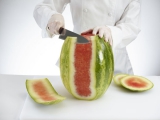
Teach students how to quickly and efficiently cut watermelon, a summer staple and nutritious power house.
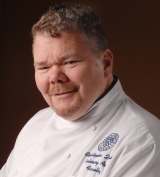
Kendall College’s Chef Christopher Quirk describes the real-world lessons obtained in the college’s lunch QSR. Students get a feel for the harried pace and how teamwork, leadership and speed are all part of the successful business plan.
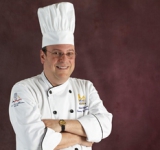
Chef Adam Weiner challenges classes by instructing students to cook a certain food with no recipe and sometimes the wrong equipment required for execution. His response to the challenge: “Get it done.”

Dr. Fred Mayo, CHE, CHT, directly addresses students about sound test-taking strategies to help build their confidence and reduce test-taking anxieties.
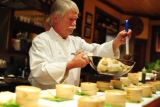
“Price (for education) is what you pay. Value is what you get.” -Warren Buffett

Millennials are choosing peanuts and peanut products for their nutritional benefits while enjoying them in sauces and smoothies. It’s not just PB&J anymore.

A thirst for knowledge and a varied background has lead DOLE Packaged Foods Corporate Chef Ken Shipton, CEC, on a career ride that fits his current position like a glove.
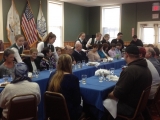
Instructing high school culinarians includes learning about international foods and a lesson on the fly in synchronized serving for students at southern Rhode Island’s Chariho Area Career and Technical Center.

An aging population and growing demand for healthcare facilities has lead to an increased need for culinarians to feed the seniors.